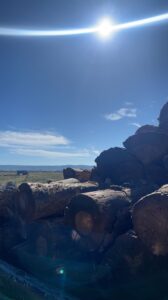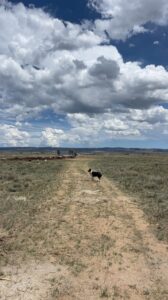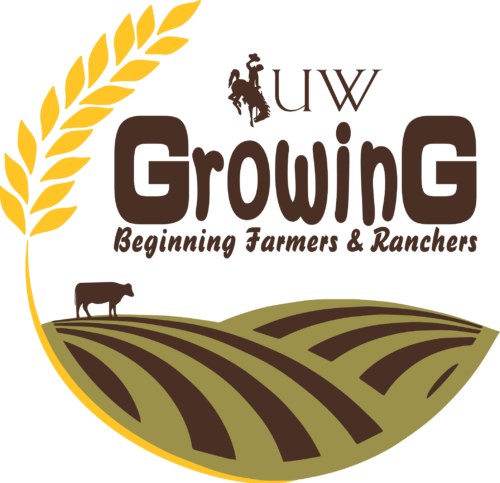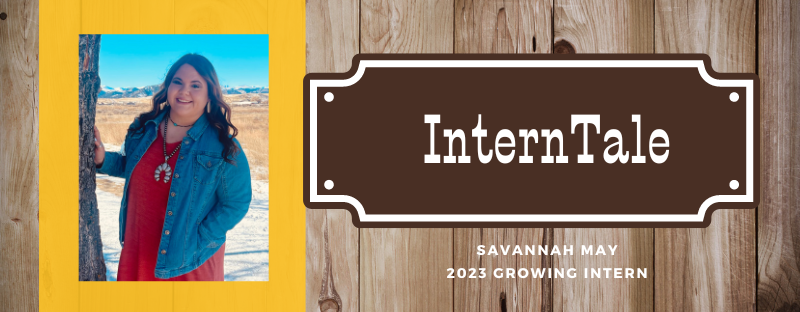Tanning a Hide
#bfrdpwy #aginternship #RightRisk

As we entered my second week, I have grown a routine with morning chores, watering and feeding all of the animals and checking in on them. There was one loss of a chicken, which may have been predator related but we are unsure. With ranching and farming, a death loss is common, most livestock owners know to expect it. Later on, I was on to checking eggs, washing, packing and preparing eggs for sale.
The eggs are sold through a local co-op, which is a supporter of local farms and ranches. My host also has a monthly email list where she sends consumers the options for purchase from her website. BJ’s company provides local, ethical, and pasture-raised meat and eggs. Along with her co-op connection and website, she will be having a booth at the farmers market this summer. We have been preparing ideas for the booth in order to attract future customers.

The farmers market will start late in June and last through September. Most of the booths that are often set up are local producers and small businesses. We will be able to market off the local meat, eggs, and some hides that have been felted and tanned. This week has been the start of learning how to tan a hide and beginning the process.
First, I watched the series of units that BJ had prepared in the process of tanning a hide. After going through that, we went through a stack of hides that had been salted for awhile in order for me to find one to start working on. I chose a black and tan, what I am assuming is an Icelandic ewe hide from the herd. I then washed the hide as well as I possibly could. Next was the start of the fleshing process.
Fleshing requires the hide to be wet. This allows the membrane to separate off of the skin without ripping the skin with it. I started right after washing the hide so the hide was damp but throughout the process of scraping, the hide started drying so it was time to put it back in to soak. If we were to leave it for a longer period of time, the hide would need to sit in a brine. Since I was leaving it over the weekend, it needed salt added to the water.
Along with working on this hide, the perimeter fence was another project on my list. The final few perimeter fence posts have gone up, now we are just waiting to get the H-braces put together in order to start putting up the sheep fence. This will allow for less stress in the moving and migrating of the sheep herd. A few little tidying up projects were done to finish out the week as well. Overall, it was a good week and I can not wait to tackle next week.

Submitted by: Savannah May
Edits by: GrowinG Internship Team

